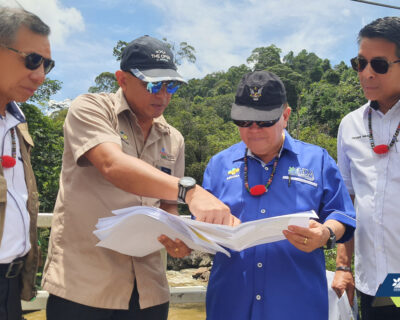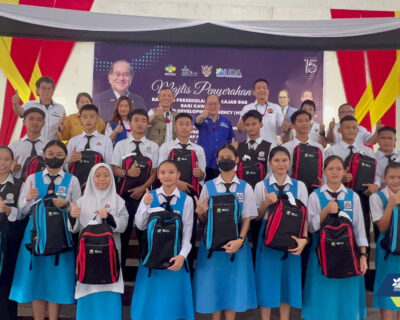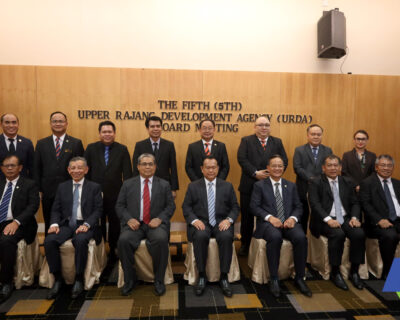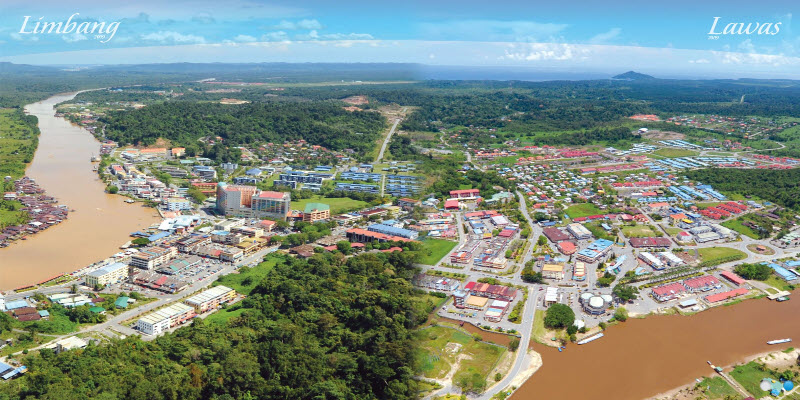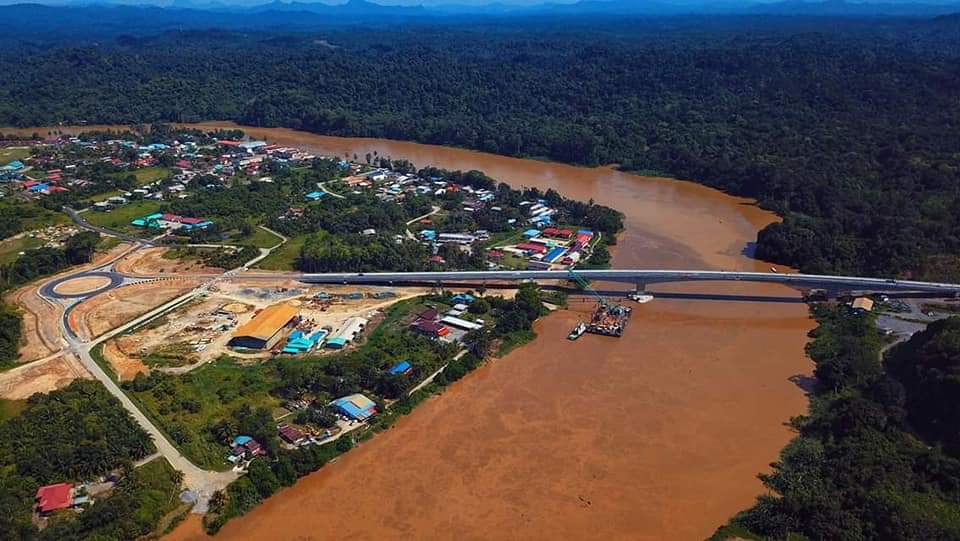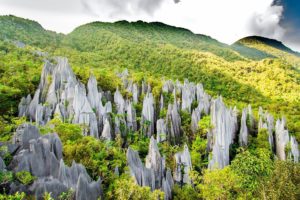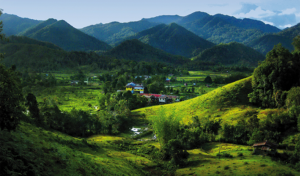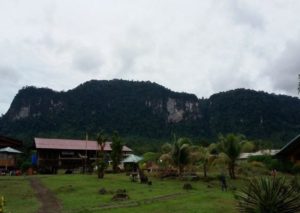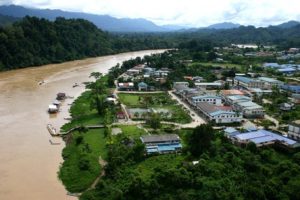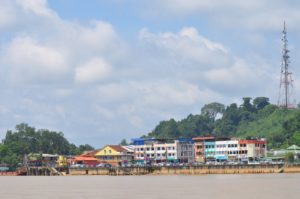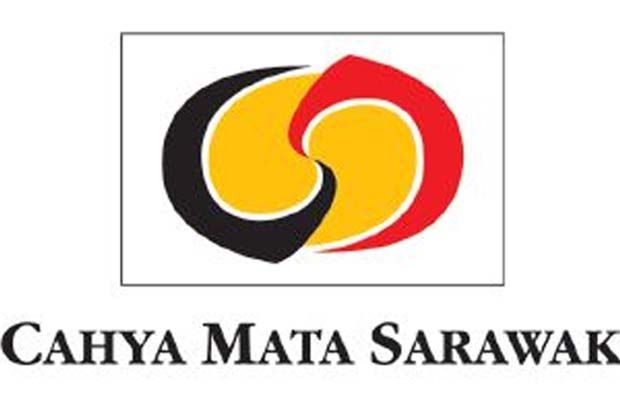
KUCHING: OM Materials (Sarawak) Sdn Bhd (OM Sarawak) is expected to venture into the production of silicon metal this year.
To facilitate the conversion to silicon metal to produce higher value-added products, the company is converting two of its ferrosilicon (FeSi) furnaces at its ferroalloy smelting plant in Samalaju Industrial Park in Bintulu.
“This project has commenced with dismantling work of the two FeSi furnaces, followed by civil works and equipment installation. Barring any unforseen circumstances, the hot commissioning and testing work (for the converted furnaces) are expected to occur in December 2022,” said OM Holdings Ltd, which has a 75% equity interest in the joint-venture OM Sarawak, in the latest market update on the group’s operations.
Cahya Mata Sarawak Bhd owns the remaining 25% stake in OM Sarawak.
The conversion works for the FeSi furnaces started in December 2021 following the arrivals of Chinese contractors. Their trips to Malaysia had been delayed due to the travel restrictions imposed to contain the spread of Covid-19 pandemic.
OMH said the equipment installation works for two other FeSi furnace conversion project to produce manganese alloys has also started.
OM Sarawak smelting plant has a design capacity to produce about 200,000 to 210,000 tonnes of FeSi per annum and 250,000 to 300,000 tonnes of manganese alloys per annum. Initially, 10 of the furnaces were allocated to produce FeSi and six others to produce manganese alloys.
As at Dec 31, 2021, six furnaces each were producing FeSi and manganese alloys, including siliconmanganese (SiMn) and high carbon ferromanganese (HCFFeMn). The other four FeSi furnaces were idle, waiting to be converted to produce manganese alloys and silicon metal.
(FeSi is commonly used in ferrous foundries and steel industry whereas silicon metal is often used for aluminium,aluminium alloys and the chemical industry.)
OM Sarawak also owns a sinter plant that has a design capacity to produce 250,000 tonnes of sinter ore per annum. The new plant is currently on trial production.
OMH said the hiring of new Chinese skilled workers remains a challenge due to the strict Covid-19 protocols implemented by both the Chinese and Malaysian authorities.
“Chinese authorities have also slowed the issuance of new Chinese passports to restrict overseas travel and employment. The long mobilisation lead time due to the slow pace of approvals and the resumption of scheduled foreign workers’ home leave rotations thus continues to impact total realisable capacity, albeit to a lesser degree given that major furnace maintenance and conversion works have been planned in 2022.
“Given that 12 out of 16 furnaces remain in operation, the production run rate is still expected to decrease in the short term before recovering in the later part of 2022,” it added.
In 2021, OM Sarawak recorded production of 131,059 tonnes of FeSi and 216,539 tonnes of manganese alloys.
Production volume for Fesi and manganese alloys climbed by 8% and 5% to 36,134 tonnes and 62,405 tonnes respectively in the October-December 2021 quarter from 33,453 tonnes and 59,307 tonnes respectively in the July-September 2021 quarter. This was mainly due to the gradual re-commencement of operations in early July after the temporary suspension of the plant in late May due to the pandemic-related issue.
“FeSi production and manganese output achieved 68 tonnes and 109 tonnes per operation day, exceeding the nameplate daily production capacity of 55 tonnes and 90 tonnes per production day respectively.”
In 2021, OM Sarawak sold 113,783 tonnes of FeSi and 203,938 tonnes of manganese alloys as well as 7,132 tonnes of manganese sinter ore.Separately, in an OMH-Investor presentation RHB Small Cap conference last week, the company said it has planned for capacity expansion at OM Sarawak for 2023, with capital expenditure funding from this year.
This will involve manganese capacity expansion for improved efficiency that is expected to yield additional 150,000 tonnes per annum of SiMn.
“Manganese smelting is expected to generate highest average returns over the full price cycle, and improving hedging ratio with ore,” said OMH. -Source: The Star


